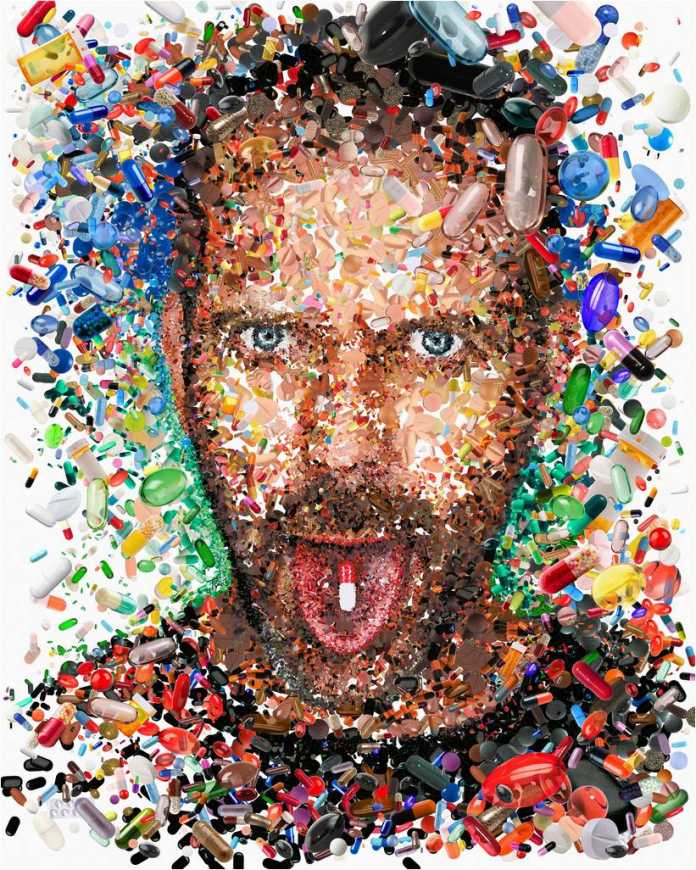Photomontage is the procedure and the consequence of making a composite photo by cutting and joining two or more photos into a figment of a stunning subject. Now and then the ensuing composite picture is shot so that a last picture may show up as a consistent photographic print. A comparable strategy, albeit one that does not utilize film, is acknowledged today through picture altering programming. This recent strategy is alluded to by experts as “compositingâ€, and in cool utilization is regularly called, “photoshoppingâ€, because of a specific programming frequently utilized. A composite of related photos to grow a perspective of a solitary scene or subject would not be named as a montage.
History
Writer Oliver Grau in his book, Virtual Art: From Illusion to Immersion, notes that the formation of counterfeit immersive virtual reality, emerging as an aftereffect of specialized misuse of new developments, is a long-standing human practice all through the ages. Such situations as dioramas were made of composited pictures.
The principal and most celebrated mid-Victorian photomontage (then called mixture printing) was “The Two Ways of Life†(1857) via Oscar Rejlander, took after in no time from there on by the pictures of photographic artist Henry Peach Robinson, for example, “Blurring Away†(1858). These works earnestly set out to test the then-overwhelming painting and showy tableau vivants.
Dream photomontage postcards were mainstream in the Victorian and Edwardian periods. The transcendent maker in this period was the Bamforh Company, in Holmfirth, West Yorkshire, and New York. The high purpose of its fame came, then again, amid World War I, when picture takers in France, Great Britain, Germany, Austria, and Hungary delivered a bounty of postcards indicating warriors on one plane and partners, wives, youngsters, families, or folks on an alternate. Large portions of the early illustrations of compelling artwork photomontage comprise of captured components superimposed on watercolors, a mix came back to by (e.g.) George Grosz in around 1915. He was some piece of the Dada development in Berlin, which was instrumental in making montage into a current work of art. They initially instituted the expression “photomontage†at the end of World War I, around 1918 or 1919.
Techniques
Different routines for joining pictures are likewise called photomontage, for example, Victorian “consolidation printingâ€, the printing of more than one negative on a solitary bit of printing paper (e.g. O. G. Rejlander, 1857), front-projection and workstation montage strategies. Much as a composition is made out of numerous aspects, specialists additionally join montage systems. An arrangement of dark and white “photomontage projections†by Romare Bearden (1912–1988) is a sample.
His system started with structures of paper, paint, and photos put on sheets measuring 8½ × 11 inches. Bearden settled the symbolism with an emulsion that he then connected with hand roller. Hence, he captured and broadened them. The nineteenth century convention of physically joining numerous pictures into a composite and shooting the results won in press photography and counterbalance lithography until the across the board utilization of advanced picture altering.
Contemporary photo editors in magazines now make “glue ups†digitally. Making a photomontage has, generally, gotten to be less demanding with the appearance of machine programming, for example, Adobe Photoshop, Paint Shop Pro, Corel Photopaint, Pixelmator, Paint.net, or GIMP. These projects roll out the improvements digitally, taking into account speedier work process and more exact results.
They likewise moderate oversights by permitting the craftsman to “undiscovered†slips. Yet a few craftsmen are pushing the limits of computerized picture altering to make to a great degree time-escalated structures that adversary the requests of the customary expressions. The momentum pattern is to make pictures that join together painting, theater, representation, and illustrations in a consistent photographic entir













They take systems but you palorbby wouldn’t get more than $20 at most for a PS2 these days. Most PS2 games aren’t worth very much. You palorbby wouldn’t break $40 unless you have some really rare PS2 games like ICO, Dragonball Z Budokai Tenkaichi 3, Rez, Fatal Frame, etc. I’ve been told they don’t take used guitar controllers anymore because it’s hard to test whether or not they work, but you’d have to call and ask yourself.
I get a lot of great information from this blog. Thanks for sharing this valuable information to our vision. You have posted
a trust worthy blog keep sharing.
Tableau Online Training